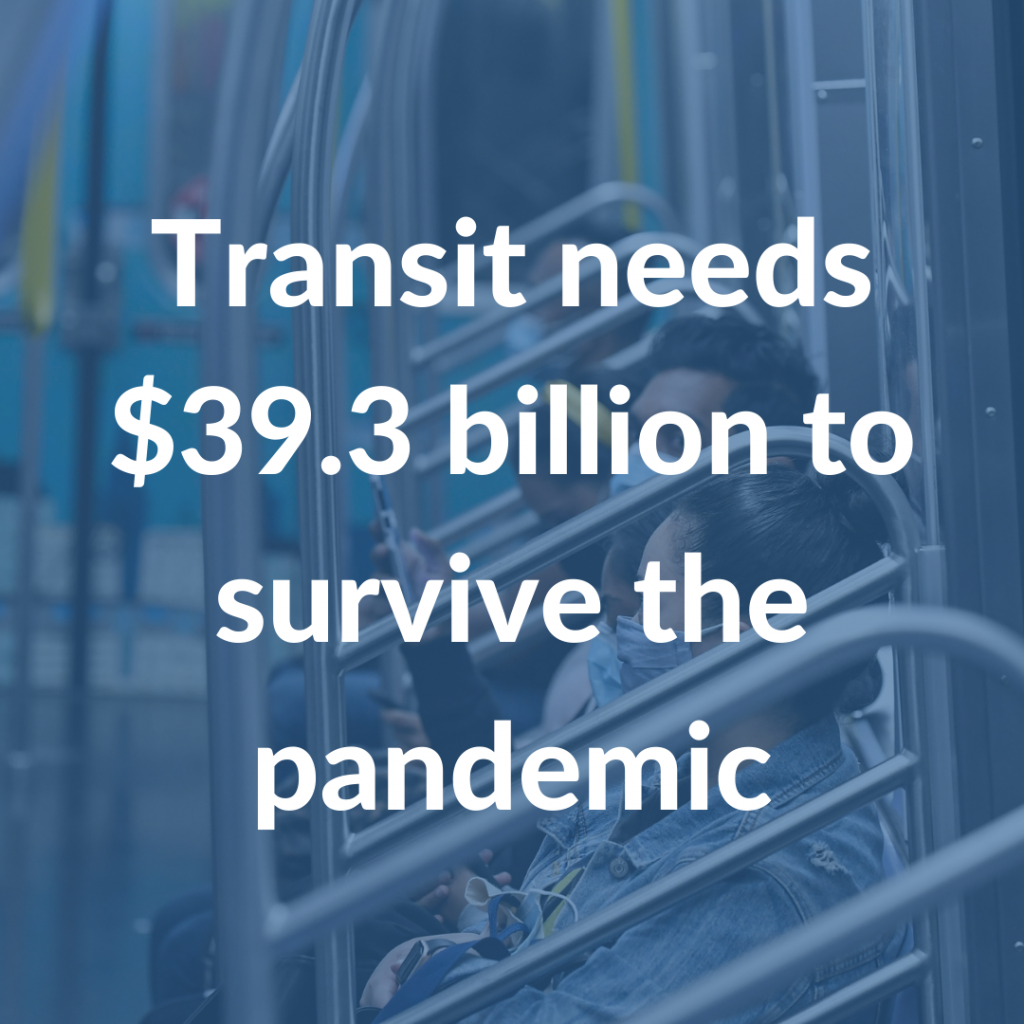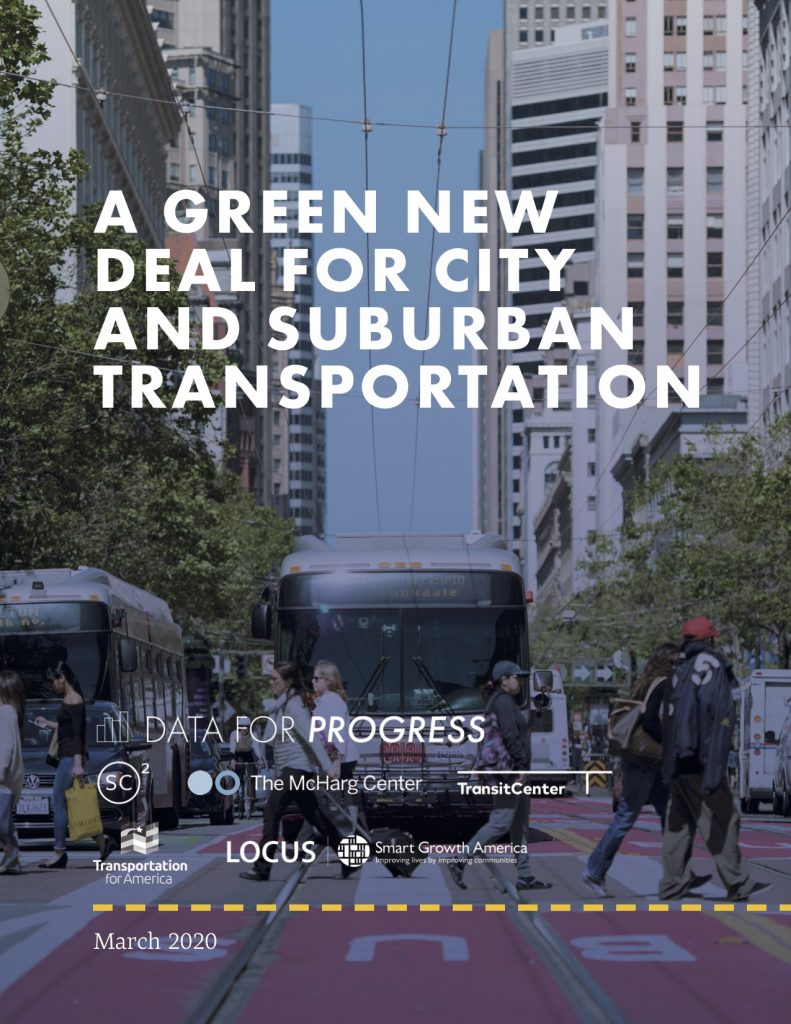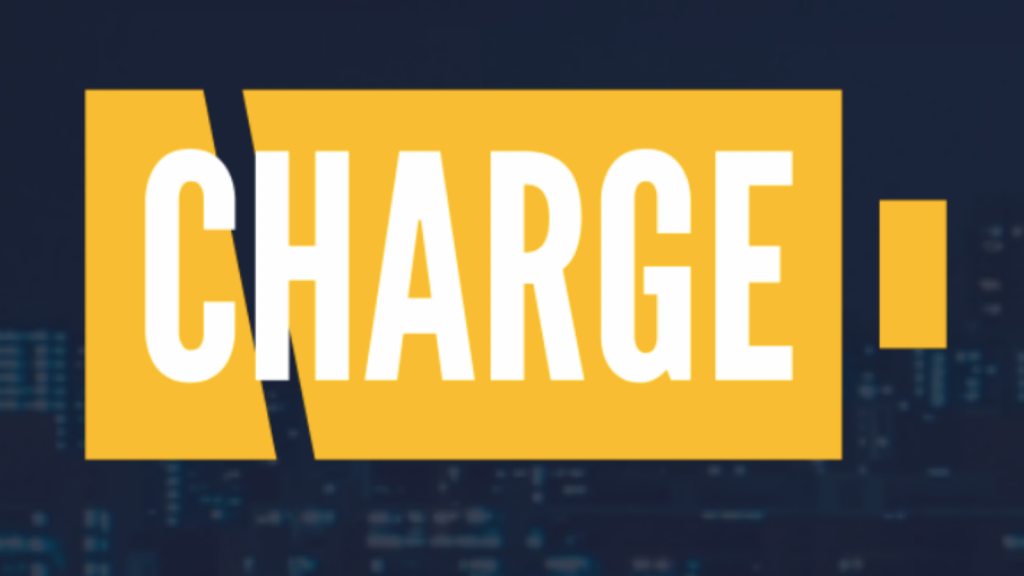Building public transit back better
COVID-19 has put public transit on the brink of extinction. Transportation for America is working to save transit from this crisis and reform the federal transportation program to build this essential service back better.
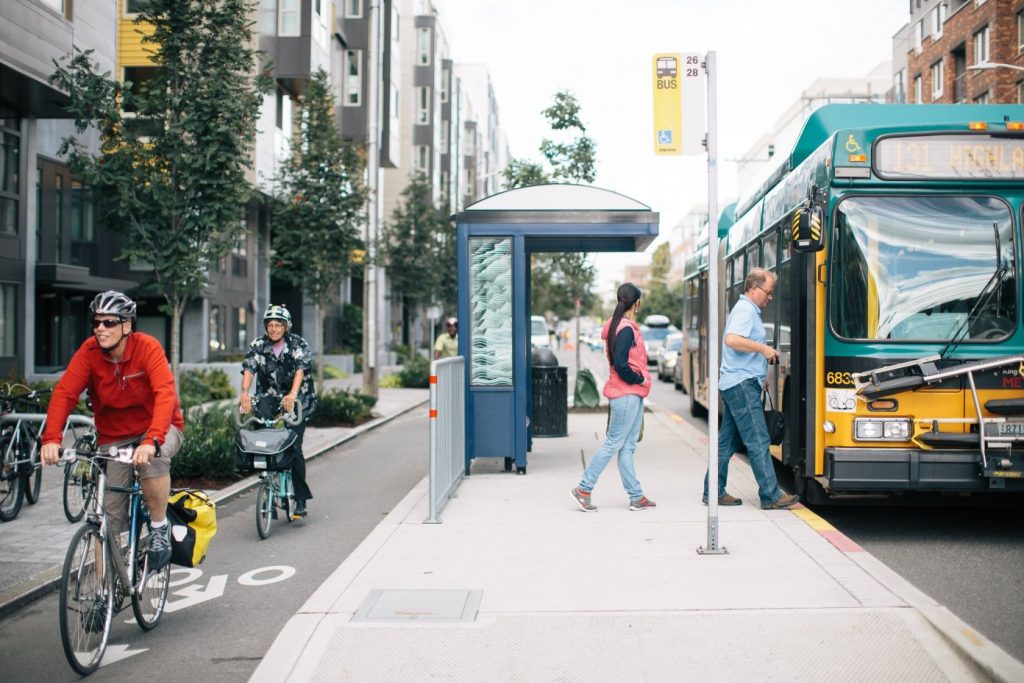
U.S. public transit is in crisis—and not just because of COVID-19. The federal government has long shunned transit investment for highway expansions that make congestion worse, divide and demolish communities of color, and put the country on a path of endlessly-increasing carbon emissions—all while failing to affordably, safely, and conveniently connect all Americans to opportunity.
With Congress charged with passing long-term transportation policy this year, the federal government has a historic opportunity to rebuild American public transit on a secure foundation — one where transit can thrive, not just get by.
Public transit has been underinvested for decades—at the same time overwhelming funding for roadways undermined the small amount of federal funding transit receives. It’s time to do more.
Free use public transit photos
The lack of high-quality photos of people riding public transportation makes advocating for increased transit investment difficult. It’s hard for lawmakers to envision public transit as an important part of their lives when they only see photos of buses with no people in sight.
To combat this, we’ve compiled free use, high-quality photos of people riding public transportation across the country. Please credit the source when you use these photos!
But we need more photos! If you would like to share with us a high-quality photo of people riding transit for free use, please email them to jenna[dot]fortunati[at]t4america[dot]org.
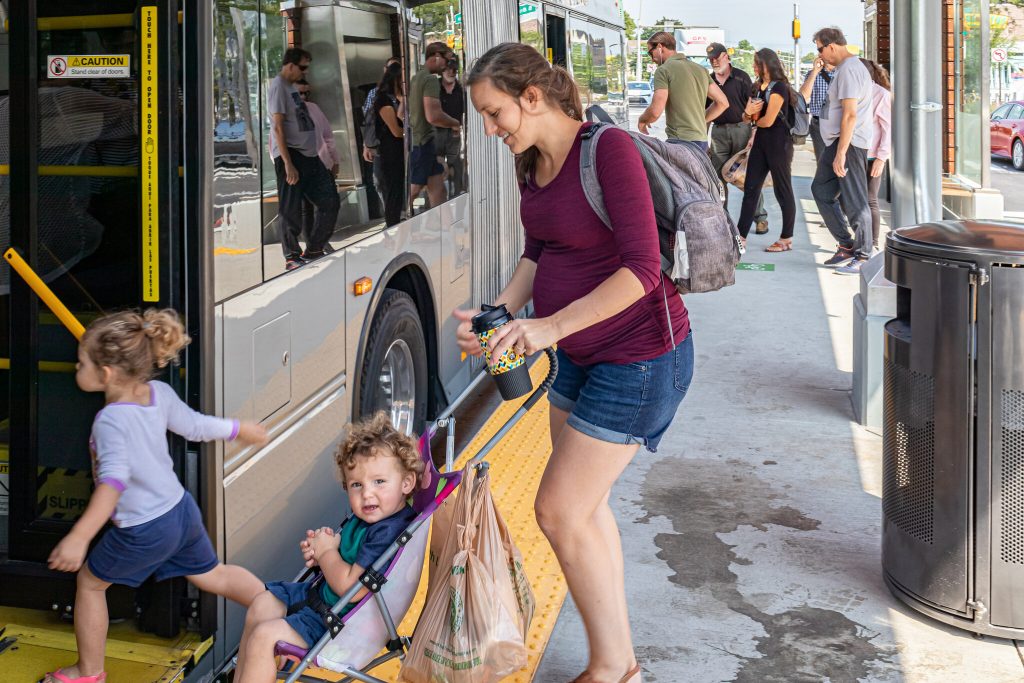
Credit: IndyGo
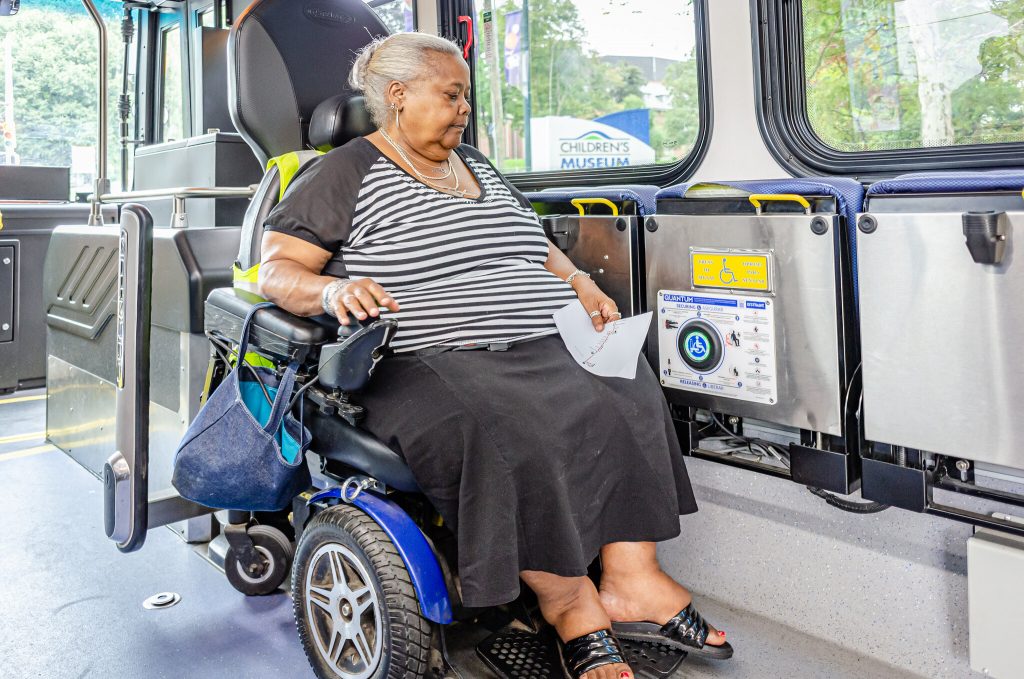
Credit: IndyGo
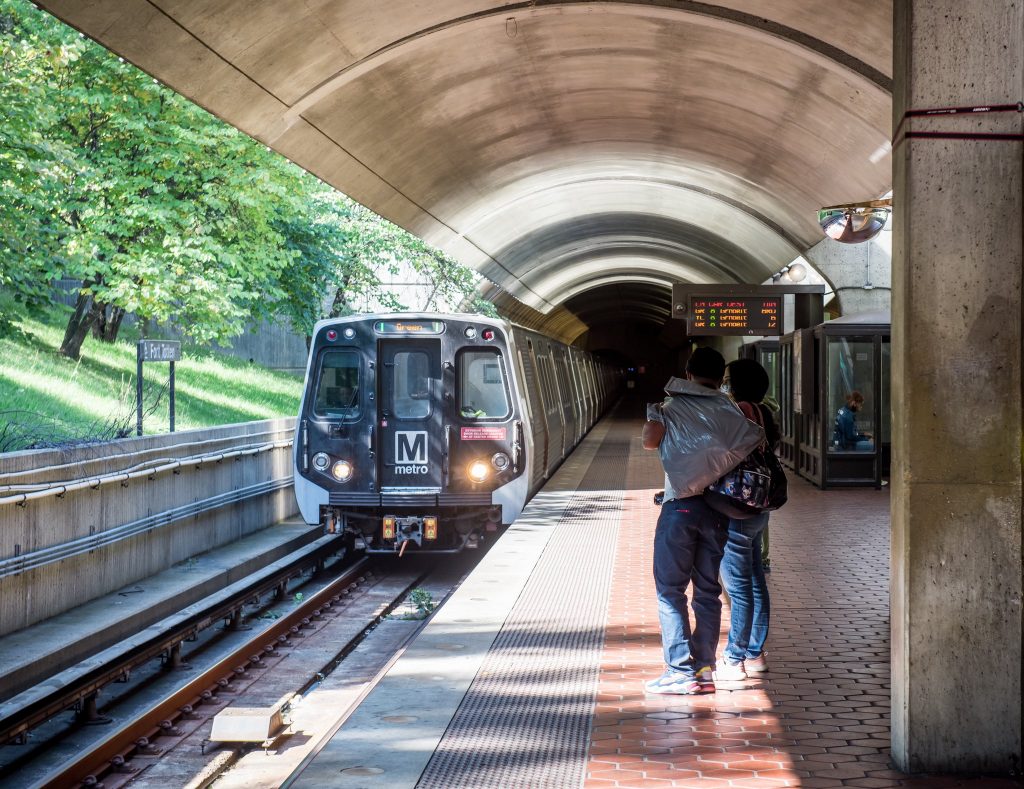
Credit: Kyle Anderson, WMATA
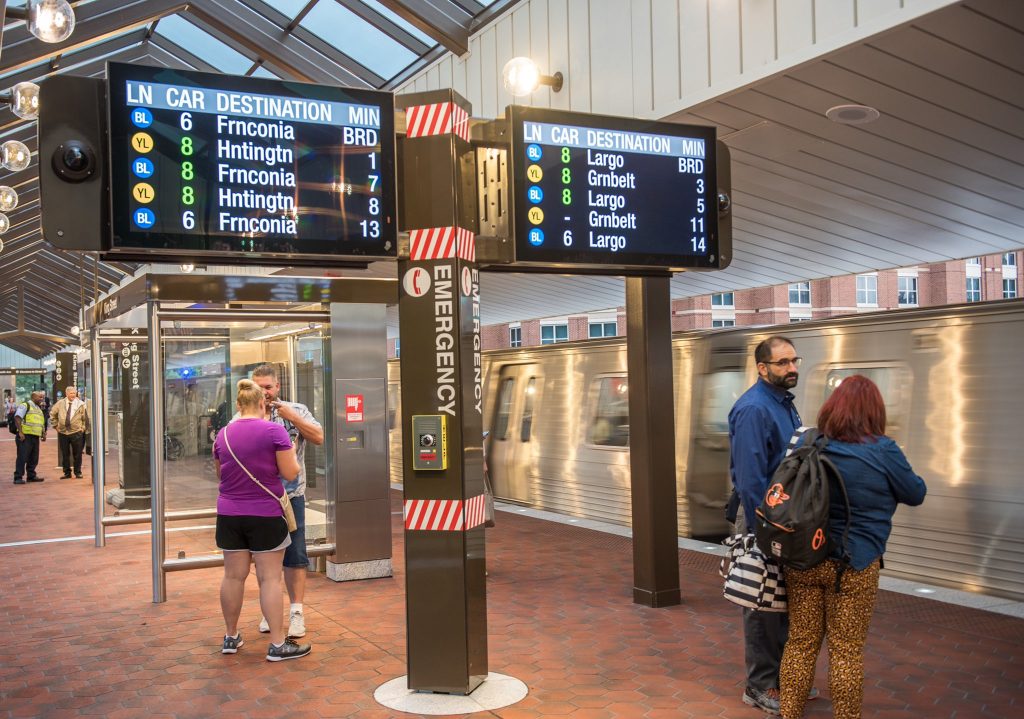
Credit: Kyle Anderson, WMATA
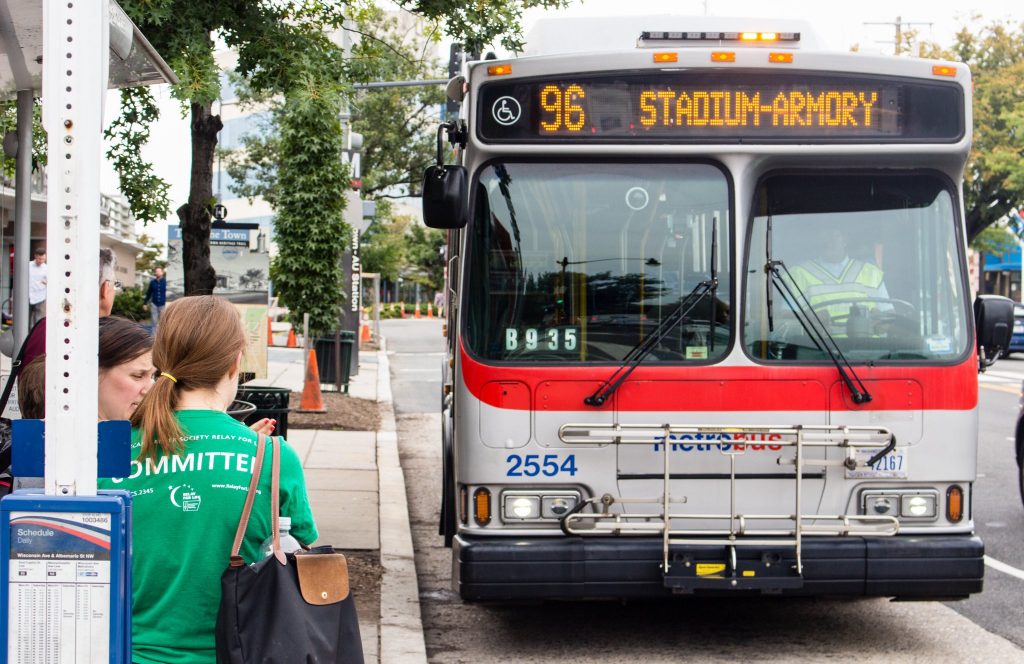
Credit: Kyle Anderson, WMATA
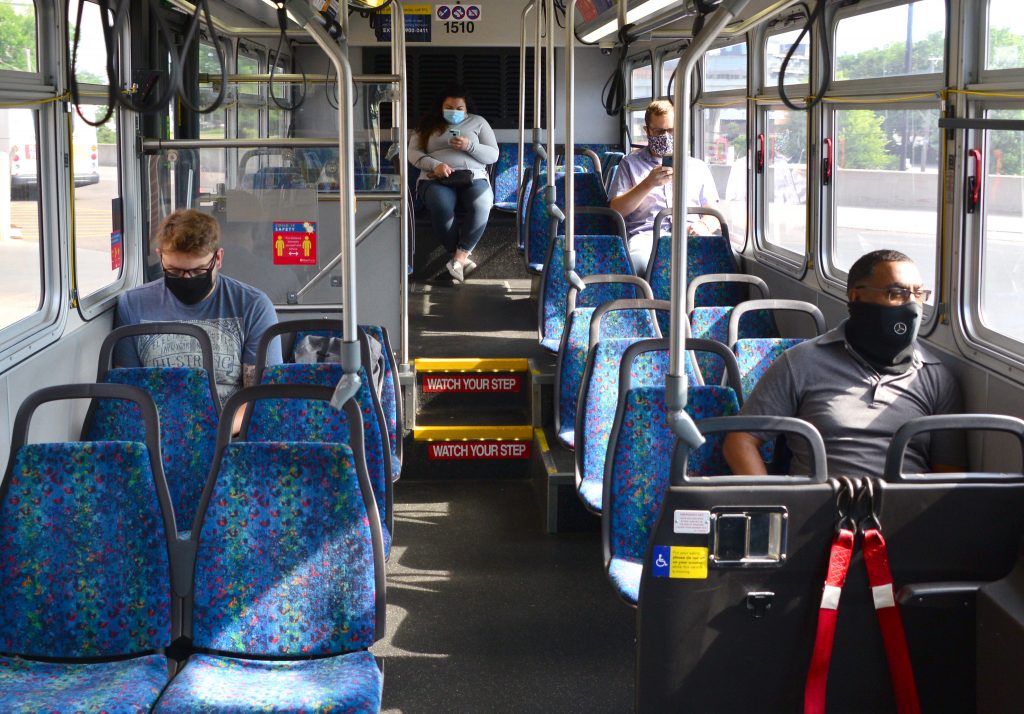
Riders on a bus in the Twin Cities of Minnesota. Photo by Metro Transit.
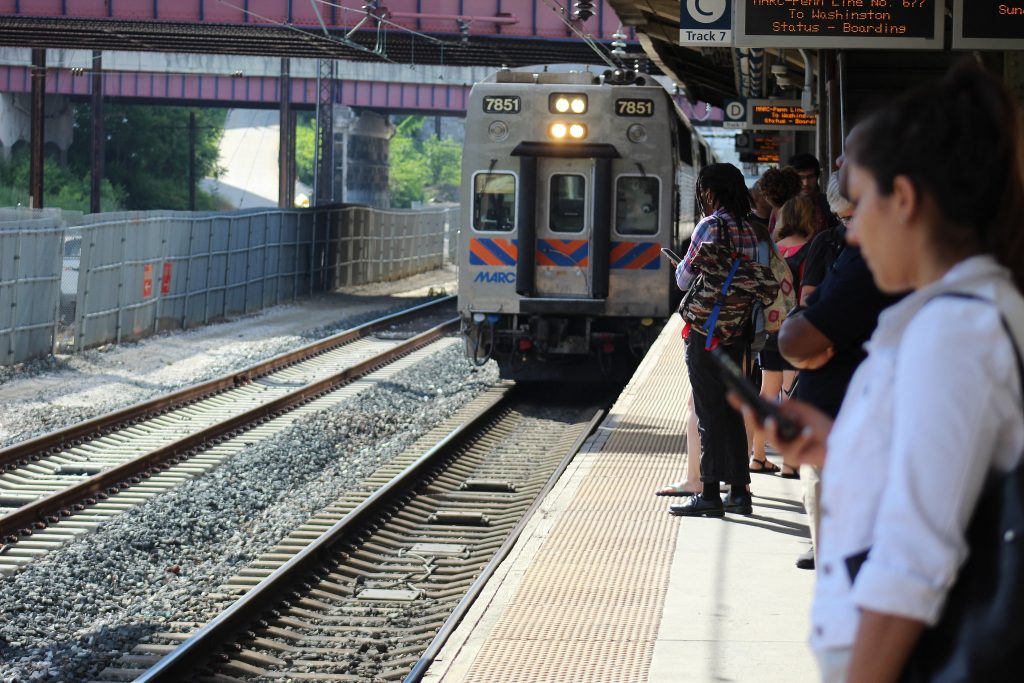
Riders waiting to board a MARC train at Baltimore’s Penn Station. Photo by Elvert Barnes on Flickr’s Creative Commons.

Credit: Adam Coppola
COVID-19 emergency funding for public transit
Public transit has been decimated by the pandemic. While the December 2020 COVID package gave transit much-needed support to keep running essential service, this funding will start running out in the spring—as soon as cities and towns prepare to reopen. We urge Congress to provide at least $39.3 billion in emergency relief to prevent transit cuts through 2023.
A Green New Deal for Transportation
A Green New Deal for City and Suburban Transportation, a joint report authored by TransitCenter, Transportation for America, Data for Progress and the Ian L. McHarg Center for Urbanism and Ecology, lays out federal policy recommendations for reducing emissions from the transportation sector in cities and suburbs while making communities healthier, more equitable, and prosperous.
What’s at stake for rural areas?
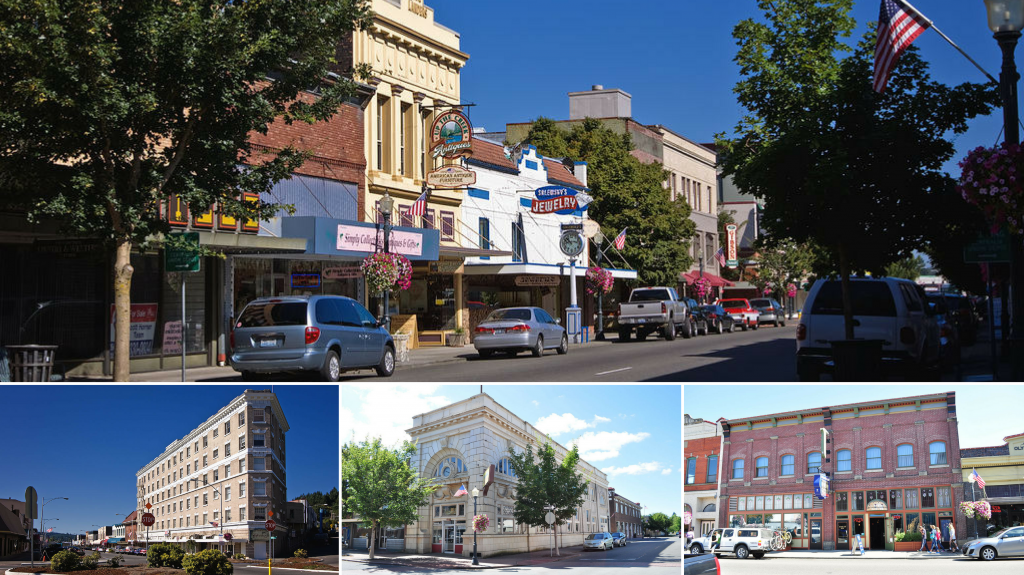
COVID-19 hasn’t just hurt big-city transit agencies: rural transit providers have been slammed, too, some to the point of shutting down. Check out these videos from rural and medium-sized transit providers on the hardships COVID-19—and the lack of federal emergency funding—have brought.
The CHARGE coalition
The Coalition Helping America Rebuild and Go Electric—CHARGE—is made up of transportation, industry, environmental, labor, health, equity, and civic organizations that support smart policy to electrify America’s transportation system—including a massive investment to expand and electrify public transportation. Check out our in-depth policy recommendations to make this reality here.






